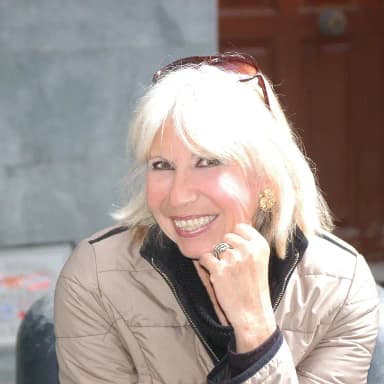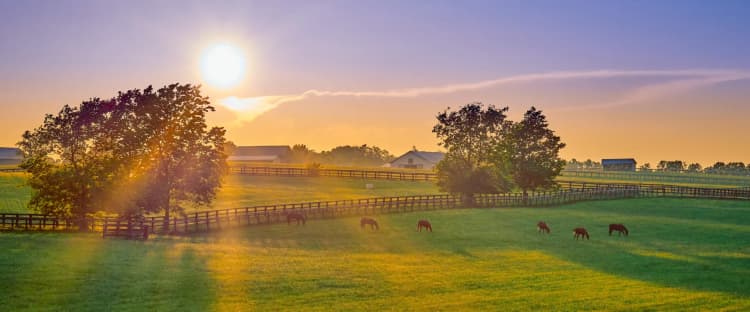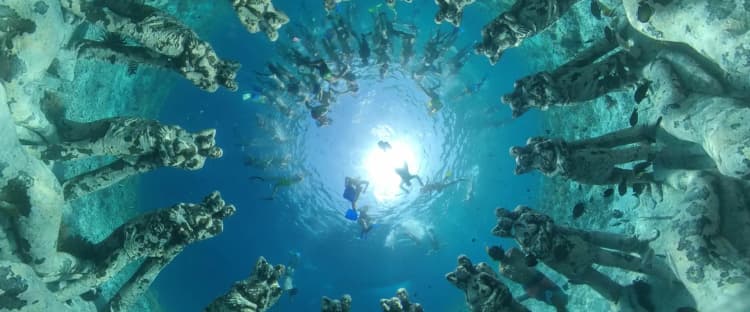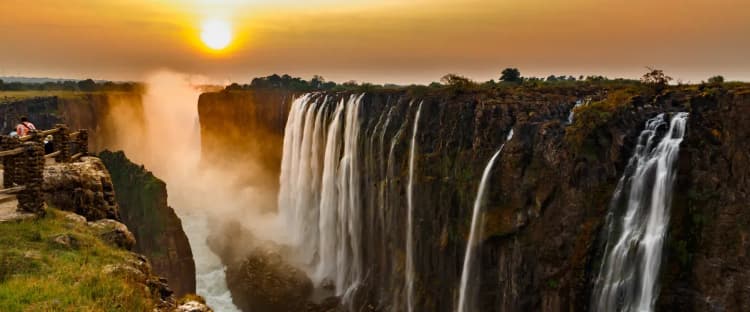
Pulpí Geode: Climbing Inside the World's Second-Largest Geode
In 1999, geologists from the Madrid Mineralogist Group and the University of Granada made a major discovery in an abandoned silver mine in the south of Spain. The mine is called Mina Rica and is located in the Sierra del Aguilón mountain, near the village of PulpÍ, about 70 miles north of the coastal city of Almería in Andalusia.
Imagine the surprise of the scientists when they found themselves entering a magic world of giant crystals glittering in the light of their torches. They had discovered what turned out to be Europe’s largest geode and the second-largest geode in the world.
Geodes are spherical rocks that contain hollow cavities lined with crystals. The name geode comes from the Greek word Geoides, which means "earthlike." These unique rocks can be formed in a variety of ways.
As Geologist David Bressan explains in an article for Forbes, this is how the Pulpí geode was formed:
“The geode of Pulpí is located at a relatively shallow depth of 500 meters (approximately 1,600 feet) underground, and the researchers think that temperature fluctuations on the surface played an important role in the growth of the large and transparent crystals. The Pulpí Geode was formed in two different phases, starting six million years ago. At first percolating water dissolved the soluble limestone, creating a large cavity. Then groundwater was heated by volcanic activity, and minerals started to crystallize along the rocky walls of the cavity. Over millions of years, as the climate on the surface changed, the temperature in the Pulpí geode fluctuated only slightly, around 68 to 104 degrees Fahrenheit, forming an optimal environment for the crystals to grow slowly as layer after layer of gypsum was deposited.”
It is a very long process, but the results are stunning. After more than 20 years of exploration and conditioning, Pulpí Geode was opened to the public in 2019, along with three other smaller geodes in the same complex. In February 2020, Pulpí was declared a Natural Monument of Andalucia.

There are still some parts of the geode that are only accessible to scientists. Research and explorations are ongoing, and it is expected that more, maybe even larger, crystals are still buried in the mountain range.
Entering the Pulpí Geode brings the word awesome to a new level. Picture a world of crystals. The entire space measures an average of 22x6 feet (picture a long but narrow NYC-sized bedroom), and the individual crystals reach over 6 feet in length. They rise from floor level and stick out from the walls, either straight or crossing over each other in spiky chunks.
It’s not only the size of them but also the incredible clarity that makes them so impressive; they are white and nearly transparent. You feel the urge to reach out and touch them because they look like ice sculptures—but touching is strictly forbidden. As you walk around following the guide, it can feel like being in a cathedral: Nobody is talking loudly, and you can hardly hear the footsteps. It’s a world of pure white, illuminated by lights that make the crystals glitter in solemn silence.
Getting there
- Getting there: The nearest airport is Almería (LEI), 70 miles from the geode. However, there are more frequent deals to Málaga-Costa del Sol Airport (AGP). The complex is situated in Calle Sierra de los Filabres. There is ample free parking.
- Average Going flight price for cheap flights to Málaga: $479

How to do it
- Best time to go: Since Mina Rica has opened to the public, a visit to the geode has become a very popular attraction, and during the summer months, tours do sell out. Spring and fall see fewer crowds but still have nice weather.
- Cost: You have to book a guided tour in advance through the website. Each tour is restricted to 12 people, and children under 8 are not allowed. Tours last about 90 minutes. The fee is €22 for adults and €10 for children from 8-16.
- Tips and considerations: Wear sturdy shoes or boots and be at the entrance 10 minutes before the time stated on your ticket. The tour is not suitable for people with claustrophobia, asthma, heart problems, or mobility issues. There is no wheelchair access. When you are entering Pulpí, remember you can look but not touch. The crystals are too fragile and delicate. Watch kids closely and leave your belongings at the information center (where you can also buy pictures and books); bags and cameras are not allowed.
Explore more wonders around the world
Published October 10, 2023
Last updated December 19, 2023
Articles you might like
View AllTreat your travel to cheap flights
Most deals are 40-90% off normal prices with great itineraries from the best airlines. If it's not an amazing deal, we won't send it. Sign up for free to start getting flight alerts.




